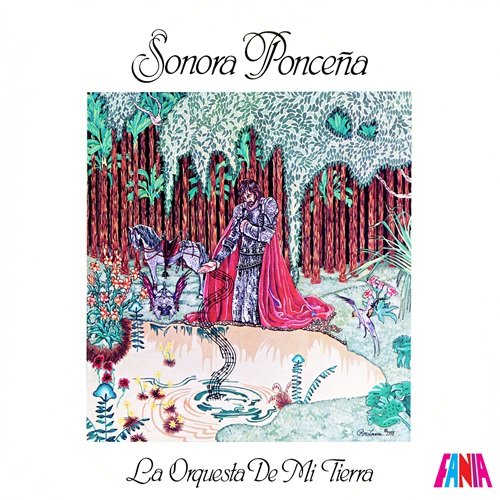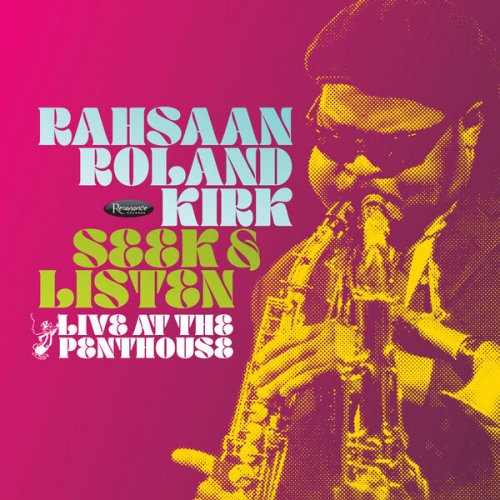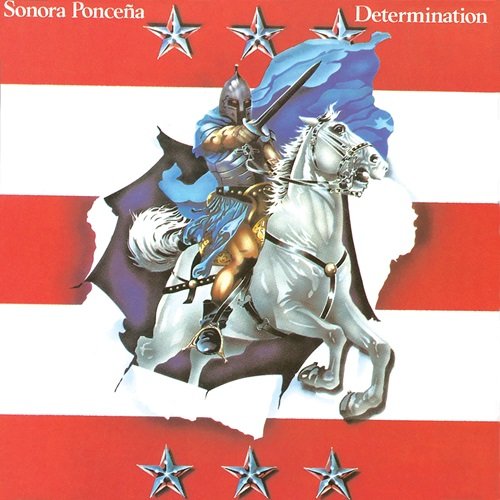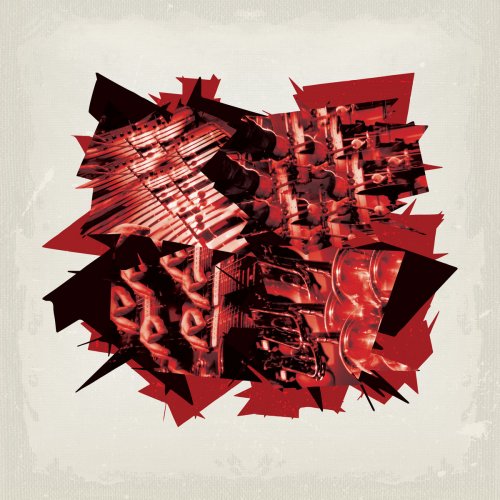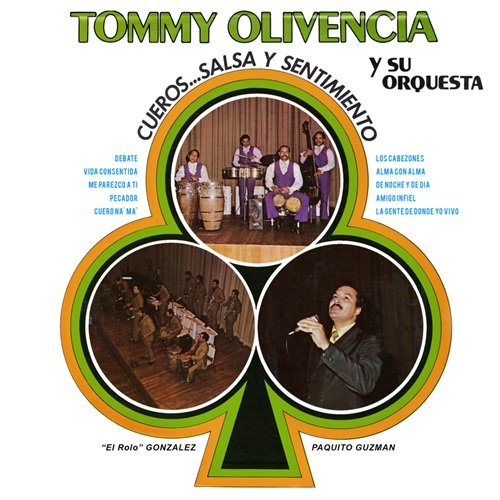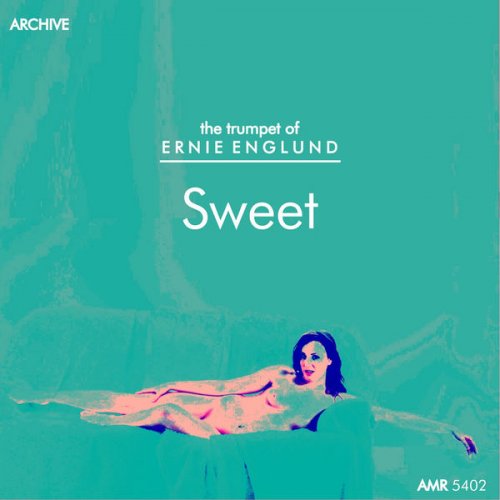Roberto Laneri, Alana Ferry, Maria Jolanda Masciovecchio - Roberto Laneri - Musica Finta / Bluesprints (A Study in Metamusicology) (2020)
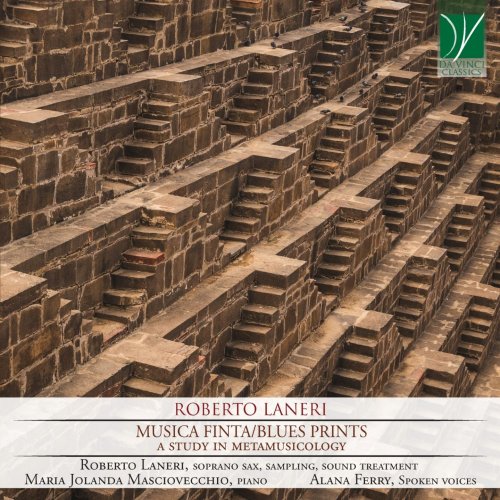
Artist: Roberto Laneri, Alana Ferry, Maria Jolanda Masciovecchio
Title: Roberto Laneri - Musica Finta / Bluesprints (A Study in Metamusicology)
Year Of Release: 2020
Label: Da Vinci Classics
Genre: Classical
Quality: flac lossless
Total Time: 01:02:50
Total Size: 248 mb
WebSite: Album Preview
TracklistTitle: Roberto Laneri - Musica Finta / Bluesprints (A Study in Metamusicology)
Year Of Release: 2020
Label: Da Vinci Classics
Genre: Classical
Quality: flac lossless
Total Time: 01:02:50
Total Size: 248 mb
WebSite: Album Preview
---------
01. This is a study...
02. Sidney, "le Dieu"
03. SCHUM 1
04. The spell cast by a music in ruins...
05. JOP 1 (Based on Scott Joplin's Solace, a Mexican serenade)
06. Lord I'm just sitting down here thinking...
07. SCHUB 1 (Based on Schubert's Walzer D. 145, Op. 18 No. 6)
08. SCHUB 2 (Based on Schubert's Deutsche Tänze D. 783, Op. 33 No. 15)
09. SCHUB 3 (Based on Schubert's Deutsche Tänze D. 783, Op. 33 No. 14)
10. JOP 2 (Based on Scott Joplin's The Entertainer)
11. But one day, the great Jelly Roll Morton...
12. JRM 1 (Based on Jelly Roll Morton's The Crave)
13. JRM 2 (Based on Jelly Roll Morton's Mister Joe)
14. SCHUB 4 (Based on Schubert's Erste Walzer D. 365, Op. 9 No. 35)
15. SCHUB 5 (Based on Schubert's Sechs Deutsche Tänze D. 820 No. 2)
16. A bunch of us kids, playing, would suddenly hear sounds...
17. JOP 3 (Based on Scott Joplin's Magnetic Rag)
18. And here are some sporting women...
19. JOP 4 (Based on Scott Joplin's Original Rags)
20. SCHUM 3 (Based on Schumann's Kinderszenen, Op. 15 No. 7, Träumerei)
21. Le retour de "le Dieu"
22. Now there's a big white cloud.... SCHUB 6
The first musical compositions in the West, from 1100 a.d. until almost 1600, were built on a pre-existing and well-known basis (cantus firmus). Musicians had the option of inserting changes in the open spaces of scores which were sometimes barely traced. In such cases the text might take different outcomes, according to the rules of musica ficta or musica falsa (“causa pulchritudinis vel necessitatis”) as opposed to musica recta and laid out for example in the treatise Introductio Musicae by John of Garland. An extreme interpretation of musica ficta is represented by Lowinsky’s theory of “secret modulation,” according to which some pieces were conceived so as to support both an essoteric and an esoteric reading. Therefore, following the musica ficta indications, it was possible through a sequence of forced turns to derive a version of the text whose melodic and harmonic sense was sometimes radically divergent from the original. One of the best—and best known—examples of this “secret chromaticism” is the motet Vox in Rama by the Flemish composer Clemens non Papa (ca. 1510—ca. 1556).
Personally I think that a certain latitude in the choice of intervals is on one hand an expression of the interpreter’s freedom in musics of aural tradition (like Medieval music or Indian music), on the other hand an expression of constrictions due to limitations of technique or range (even today, on most instruments certain notes are best avoided). Similarly, the grand general plan of Gothic cathedrals allowed the single artisans, who often followed one another during a time-span of more than a century, to fit their favorite saints or devils into the most improbable corners, whether by whims or the necessity to fill empty spaces.
The standard theory behind musica ficta postulates the necessity to avoid sensitive intervals such as augmented seconds and tritones, and above all to avoid cross-relationships, defined as the “simultaneous or successive occurrence of a note and its chromatic alteration, in different voices.”
However, it seems to me that cross-relationships are and have always been, so to speak, the “salt” of music, in the sense that they impart flavor and interest to the aural result. In fact I suspect that the prohibition of cross-relationships is an invention of theorists, and especially reactionary ones.
In fact, if we have a look at Bach’s music, we cannot help but noticing such an abundance of cross-relationships to substantiate the suspicion that he must have actually liked those peculiar sonorities. The same suspicion becomes a certainty as it applies to Guillaume de Machaut, Dufay, Mozart, in fact to virtually all great composers: even Palestrina’s Stabat Mater opens with a tritone cross-relationship!
Stretching out the musica ficta concept of musicology into musica finta, we open up all sorts of imaginary and visionary dimensions: the alternate universes of the new physics; Heisenberg’s Uncertainty Principle, the forking paths of J.L Borges; the lovers’ meetings in L’année dernière a Marienbad, which recur cyclically in a multidirectional time. This means lifting the musica ficta from the status of a negligible bump in the road of musical theory to that of a fundamental oscillation of reality. In the words of Nobel Prize Eugene Wigner:
reality blinks on and off
In music, the fictional process of musica finta substitutes a huge range of undecisions to the decision-making excesses of the compositional process. As in The Lottery of Babel by Borges, in which the act of adding a few grain of sand to a riverbed could result in “terrible consequences,” as an example we could think of the blues as a big thing, indeed, a veritable tradition, developing out of a small tampering with the interval of the third. And this brings us to jazz, and bluesprints…
Playing some rags by Scott Joplin on soprano sax I started to introduce some changes in the text, minimal ones at first, then more substantial, until I ended up composing autonomous and parallel pieces, to be performed together with the original ones. The end result of such operation is somewhat akin to Escher’s impossible perspectives, or today’s computer-generated 3-dimensional drawings, where images may emerge which are complementary yet very different from those which immediately appear.
This kind of “variation with a theme” has extended to other musics, by Schubert, Schumann and Jelly Roll Morton, in a very personal revisitation of the events leading to the birth of jazz. Throughout MUSICA FINTA, sometimes openly, some other times more subtly in the sound and phrasing of the soprano sax, homage is paid to the first musicians I have loved: mostly Sidney Bechet, Jelly Roll Morton, Louis Armstrong, and quite a few others.

![Antonio Farao - Kind of... Piano solo (2026) [Hi-Res] Antonio Farao - Kind of... Piano solo (2026) [Hi-Res]](https://www.dibpic.com/uploads/posts/2026-01/1767893895_cover.jpg)
